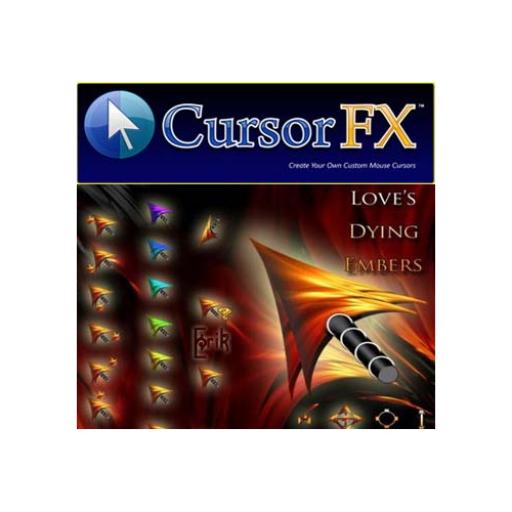


This chapter includes sections on privacy and security settings (mms.cfg) and the global FlashPlayerTrust directory.Ĭhapter 5 - User-configured settings: This chapter provides information on options that end users can set for managing privacy and security settings when running Flash Player on their computers. This chapter includes sections on EXE installation, Active Directory installation, SMS and Adobe Catalog installation, interactive MSI installation using SMS, Windows registry keys, DMG installation for Macintosh, customizing player behavior, and other topics.Ĭhapter 4 - Administration: This chapter describes a number of ways you can create and place files on the end user's machine to manage features related to security, privacy, use of disk space, and so on. It also provides contain information and links to help you understand how to deploy Flash Player and work with SWF files.Ĭhapter 2 - Flash Player environment: This chapter describes the different environments in which Flash Player runs, where Flash Player files are stored on the system, the processes that Flash Player generates, and information on determining which version of the player is installed on a system.Ĭhapter 3 - Player installation: The licensed installers for Flash Player are available in a number of forms. The Adobe Flash Player Administration Guide contains the following chapters:Ĭhapter 1 - Introduction: This chapter introduces what Flash Player is and why you need to install it. This document is intended for IT or administrative professionals who manage the installation or use of Flash Player for multiple users in a controlled environment.Īdobe Flash Player Administration Guide for Flash Player 32 (PDF) It describes Flash Player, how it's installed, how it works, and how you can control it to suit the needs of a specific network environment. This Adobe Flash Player Administration Guide covers Adobe Flash Player 32. Please see the Adobe Flash Player EOL Enterprise Information Page for more information. Adobe strongly recommends all users immediately uninstall Flash Player to help protect their systems. In addition, to help secure users’ systems, Adobe blocked Flash content from running in Flash Player beginning January 12, 2021.

Adobe stopped supporting Flash Player beginning Decem(“EOL Date”), as previously announced in July 2017.


 0 kommentar(er)
0 kommentar(er)
